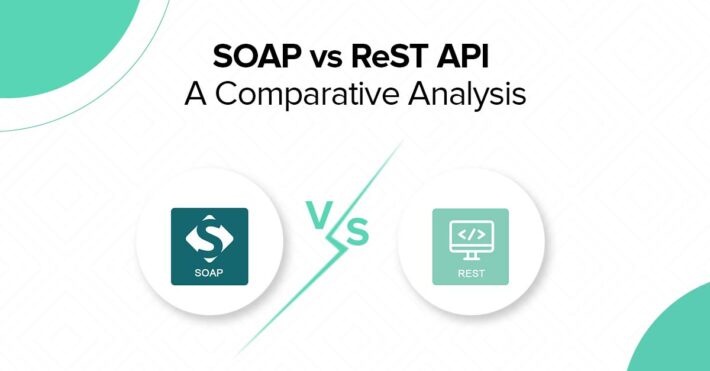Salesforce Replication – Now There is an API for it!
It’s here now ….
It’s been sometime that our customers have been asking us for an API to operate our DBSync Cloud Replication for Salesforce.
While we had a Java and a SOAP based call, it was missing a ReST interface. Beginning of this year we worked on a platform for building and exposing API’s on our platform as an extension of our Plugin development framework ApiCode.
What we found talking to our customers is that API while available by most vendors often lack “usability” (and perhaps simplicity). Working through our specs, we found that our customers liked our interface – fairly intuitive and so an API designed around it would also make sense. So we ended up providing a set of API’s mirroring our user experience.
Key features:
-
Simplicity: Self-describing API structure similar to our User Interface
-
Less is more: 2 API’s to do all that you need, complexity is all hidden and managed by API ApiCode engine
-
Flexibility: Many options – use existing setup, override existing setup or run with totally new setup and configurations
-
Logging option: Ability to log events within the API container or receive notifications as a callback or summary as Email
-
Deployment Options: On-premise, our Cloud, AWS or any hosted provider
-
API Management: build your API Management, governance, distribution and developer base, plugin with any popular API Management app like 3Scale, Apigee, Amazon AWS or Microsoft Azure.
Who should be using it?
-
In-house developers: Want to connect existing code to replicate salesforce objects into their in-house applications
-
BI and Analytics Team: Download salesforce data using, data mine it in-house or another platform like AWS Redshift, upload scores or indicators back to Salesforce.
-
ESB based Integration Vendors like MuleSoft: Usually ESB based integration platforms are setup for replicating data as its service bus based and there could be a lot of read/write/map. Replication apps usually takes care of “automatic” schema and data replication.
-
Existing Integration apps lacking Salesforce replication: Example SSIS (SQL Server Integration Services) – does not natively have an adapter for Salesforce, but is very commonly used for datawarehousing. You can now call into Salesforce replication tasks from within SSIS.
-
Email & Social Media Marketing companies requiring Contact and Lead sync: We have been approached by quite a few companies in Email and Social Media marketing who want to download contacts from Salesforce on an ongoing basis, do their analysis and update scores back to their Salesforce.
Hope this helps you all get started with this new feature. Here are some helpful links
-
Wiki: https://help.mydbsync.com/docs/display/CloudReplication/Home
-
Wiki: https://help.mydbsync.com/docs/display/CloudReplication/DBSync+Replication+Web+API
-
Product page & download: https://www.mydbsync.com/product/saas-replication
Let us know what you think!
We would be delighted to discuss your use case and explore how DBSync can support your success. Please feel free to Schedule a meeting with us.

